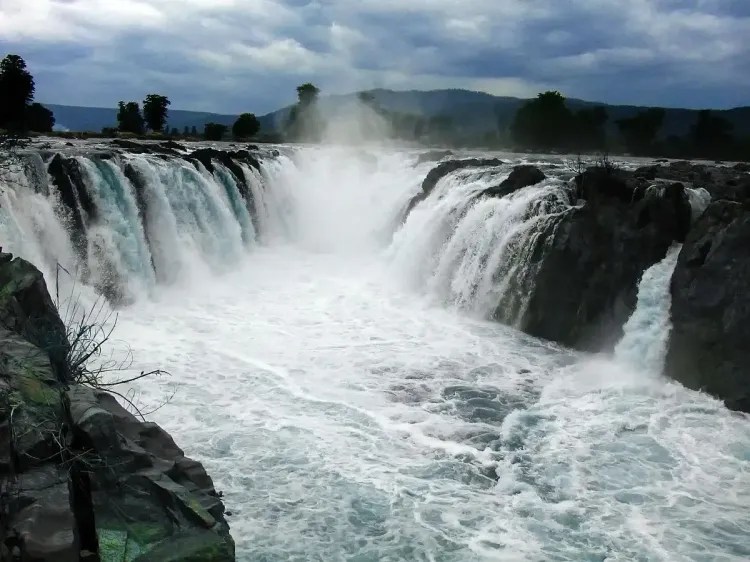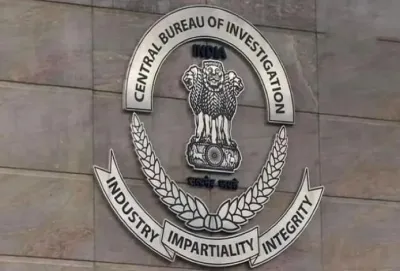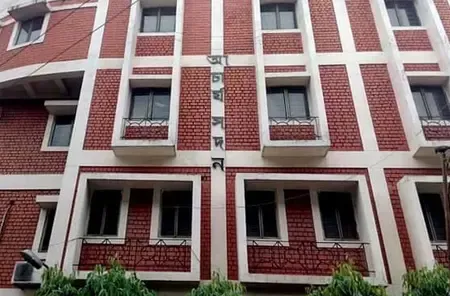Is the Cauvery River Level Rising? Flood Warnings in Three TN Districts!

Synopsis
Key Takeaways
- Cauvery River water flow has surged from 4,000 to 8,000 cusecs.
- Flood warnings issued for Krishnagiri, Dharmapuri, and Tiruvannamalai.
- Residents near the Thenpennai River must remain vigilant.
- Tourists are warned to stay away from riverbanks.
- Local authorities are on high alert for potential flooding.
Chennai, May 20 (NationPress) The water flow in the Cauvery River at Hogenakkal in Tamil Nadu has experienced a sudden spike, following significant rainfall in the river's catchment areas.
Officials reported that the inflow, which was approximately 4,000 cubic feet per second (cusecs) previously, has now escalated to 8,000 cusecs.
This surge is attributed to ongoing rains in the upper Cauvery basin, particularly in Karnataka.
With additional rainfall anticipated in the coming days, officials are diligently monitoring the circumstances and are prepared to issue further updates if inflows continue to increase.
The rising water levels have attracted tourists to the Hogenakkal falls, but district officials have advised caution. Visitors are urged to stay away from the riverbanks due to the swift currents and unpredictable flow changes.
Additionally, heavy rainfall across Tamil Nadu in recent days has caused the Thenpennai River to swell, leading to flood warnings in three districts.
The Water Resources Department has issued alerts for Krishnagiri, Dharmapuri, and Tiruvannamalai districts, cautioning about potential flooding in low-lying areas.
Residents near the Thenpennai River and its tributaries are advised to remain vigilant. Strict warnings against entering or bathing in the river have been issued until further notice, as the strong currents present a serious safety hazard.
District administrations have activated disaster response teams and are collaborating with local police and fire services to manage the situation.
Evacuation plans are prepared should water levels rise further. Officials from the Tamil Nadu State Disaster Management Authority (TNSDMA) indicated that the state continues to experience scattered heavy rainfall due to pre-monsoon conditions, potentially affecting river systems in the upcoming days. The public is urged to stay updated with information from local authorities and follow safety advisories until conditions normalize.









